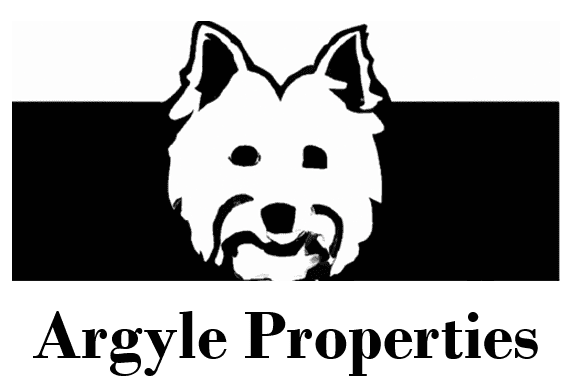Investing in Raw Land with a Self-Directed IRA
Investing in raw land can be a lucrative addition to your retirement portfolio, especially when done through a Self-Directed IRA (SDIRA). This strategy allows you to diversify beyond traditional stocks and bonds, taking advantage of the unique benefits that real estate investments offer. In this blog post, we'll explore the steps, advantages, and considerations involved in investing in raw land using a Self-Directed IRA.
What is a Self-Directed IRA?
A Self-Directed IRA is a type of individual retirement account that gives you greater control over your investment choices. Unlike traditional IRAs that limit you to stocks, bonds, and mutual funds, an SDIRA allows you to invest in a broader range of assets, including real estate, private placements, precious metals, and even raw land.
Why Invest in Raw Land?
Investing in raw land offers several potential advantages:
- Appreciation Potential: Raw land can appreciate over time, especially in areas with growing demand.
- Tangible Asset: Unlike stocks, raw land is a physical asset that you can see and touch.
- Diversification: Adding real estate to your portfolio can help spread risk and reduce exposure to market volatility.
- Low Maintenance: Raw land typically requires minimal maintenance compared to developed properties.
Steps to Invest in Raw Land with a Self-Directed IRA
Open a Self-Directed IRA: The first step is to find a custodian who specializes in Self-Directed IRAs. Not all custodians offer the ability to invest in real estate, so choose one that does and has a good track record.
Fund Your SDIRA: You can fund your SDIRA through contributions, transfers from another IRA, or rollovers from an existing retirement account.
Identify the Right Property: Research and identify raw land that fits your investment criteria. Consider factors such as location, zoning, access to utilities, and potential for appreciation.
Due Diligence: Conduct thorough due diligence on the property, including title searches, environmental assessments, and verifying zoning regulations. This step is crucial to avoid potential pitfalls.
Make the Purchase: Once you’ve selected the property, instruct your SDIRA custodian to purchase the land on behalf of your IRA. The property will be owned by the IRA, not by you personally.
Manage the Investment: Any expenses related to the land, such as property taxes or maintenance costs, must be paid from your SDIRA. Similarly, all income generated (e.g., from leasing the land) must be deposited back into the IRA.
Advantages of Using an SDIRA for Raw Land
- Tax-Deferred Growth: Investments made within an SDIRA grow tax-deferred until you withdraw funds in retirement.
- Investment Control: You have greater control over your investment choices, allowing you to pursue opportunities that align with your financial goals.
- Diversification: Including raw land in your IRA can provide a hedge against inflation and market downturns.
Important Considerations
- Liquidity: Raw land can be less liquid than other investments, making it harder to sell quickly if you need funds.
- Costs: SDIRAs may have higher fees than traditional IRAs, including administrative fees and costs related to managing real estate.
- Prohibited Transactions: The IRS has strict rules about prohibited transactions with IRAs. For example, you cannot personally use the land or buy it from or sell it to a disqualified person (e.g., family members).
- Due Diligence: Proper due diligence is crucial to avoid purchasing land with hidden issues, such as zoning restrictions or environmental concerns.
Conclusion
Investing in raw land with a Self-Directed IRA can be a powerful way to diversify your retirement portfolio and take advantage of the unique benefits that real estate offers. By following the proper steps and understanding the associated risks, you can make informed decisions that align with your long-term financial goals. As with any investment, it’s essential to conduct thorough research and consult with financial and legal professionals to ensure that this strategy fits your overall retirement plan.






